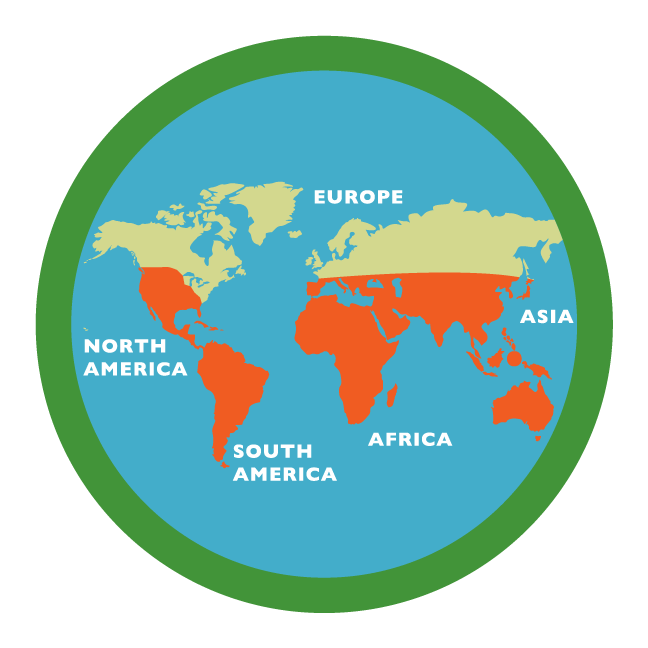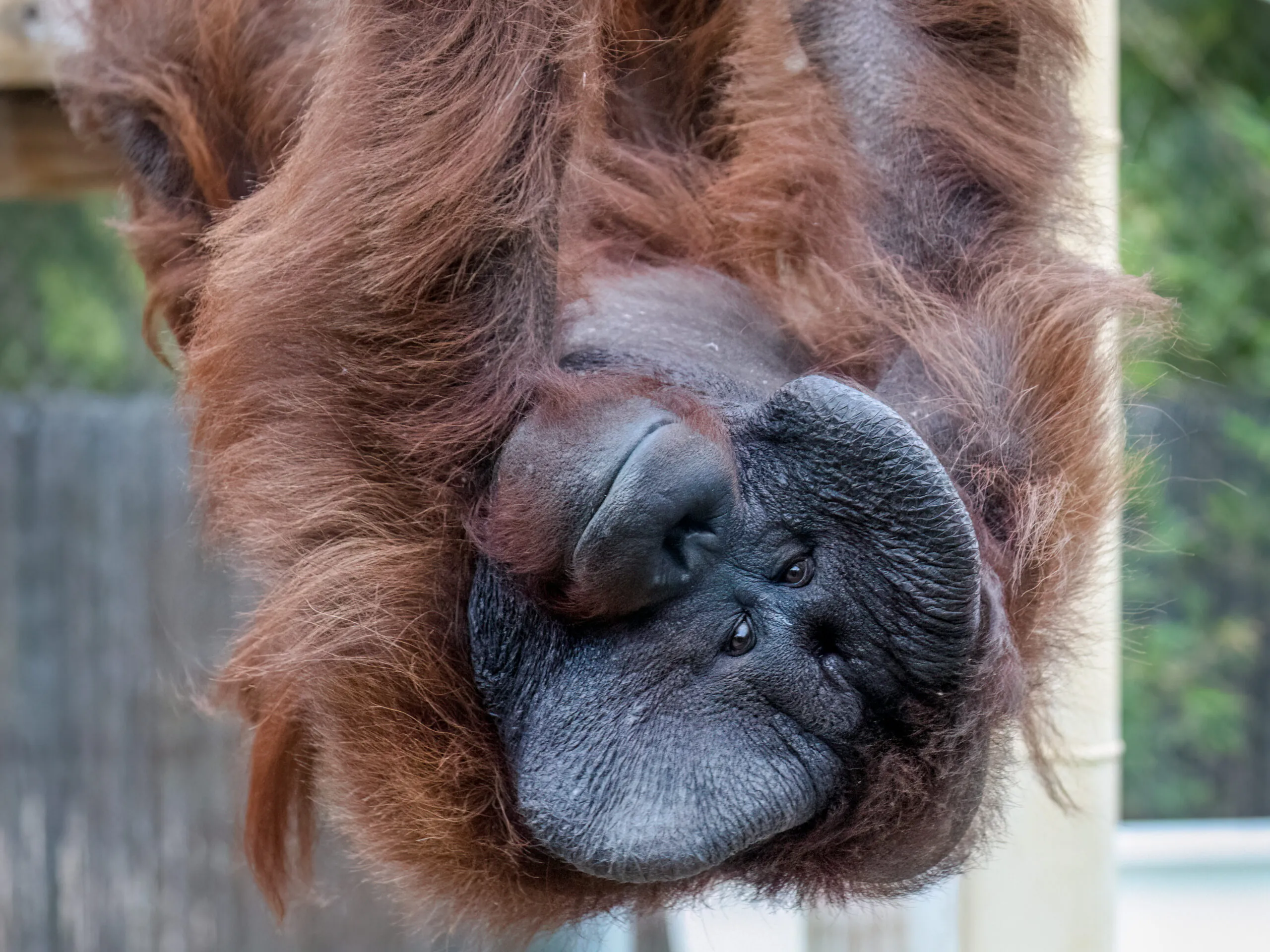Scorpion
Scorpiones spp.
The Bigger the Badder?
Are bigger scorpions more dangerous to humans than smaller ones? The answer may surprise you. Many of the larger scorpion species have big powerful claws used for subduing prey like insects, but the most venomous scorpion in the U.S. happens to be the bark scorpion, which is small. Therefore, body size isn’t the best way to judge. The basic rule of thumb is that species with large club-like claws are mostly harmless to humans, while species with small, slender claws may be more venomous, and thus more dangerous. So, while the bigger scorpions may appear more intimidating, it is actually the smaller ones that pose biggest threat. There are exceptions to this rule though, and all scorpions are venomous, so it is a good idea to leave them alone.
Glowing in the Dark
You may have heard that all scorpions glow under a black light. We still aren’t exactly sure why, but the latest research suggests that it may help the scorpion detect light and find shelter more effectively. The brain of a scorpion can process fluorescent light better than other wavelengths. The exoskeleton contains a chemical that changes visible light into fluorescent light. If light hits any part of the scorpion’s body, this light signal gets transmitted to the brain and tells the scorpion that part of its body is exposed and vulnerable to possible predation.
Scorpions Are Helping Save Human Lives
Scientists are just now beginning to fully explore all the ingredients found in the various types of venom. Researchers from the Fred Hutchison Research Center at the University of Washington have located a compound in scorpion venom called a peptide, which binds tightly to cancer cells. They attached a florescent molecule to this peptide. When injected into a patient, the peptide seeks out and grabs the tumor, and the attached florescent molecule “paints” it with florescent light. This “tumor paint” allows doctors to see the cancer better and results in more successful surgeries!

Diet: insects, lizards, small mammals, spiders, scorpions
Zoo Diet: invertebrates
Habitat: mountains, deserts, caves, beaches, forests
Length: .25 – 8.3 in

Plan your visit today!
The Phoenix Zoo is one of the largest non-profit zoos in the U.S., caring for over 3,000 animals, with nearly 400 species represented, including many threatened/endangered species.







